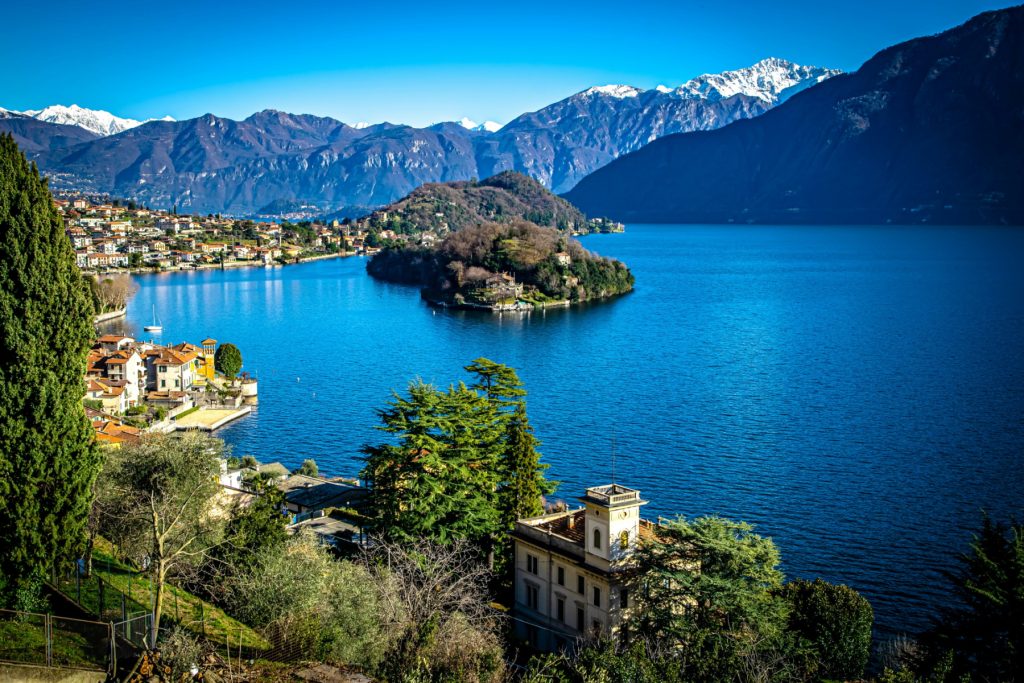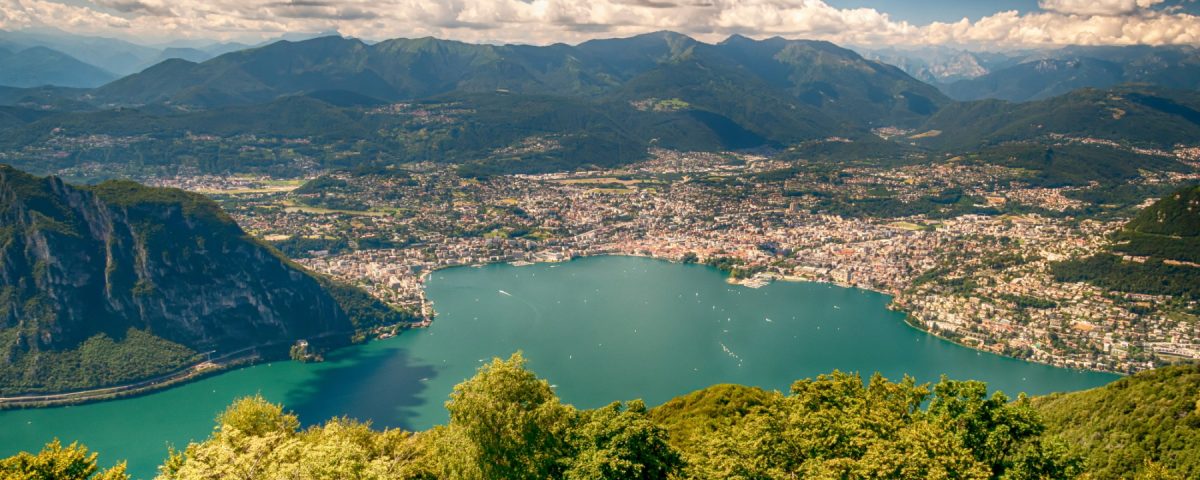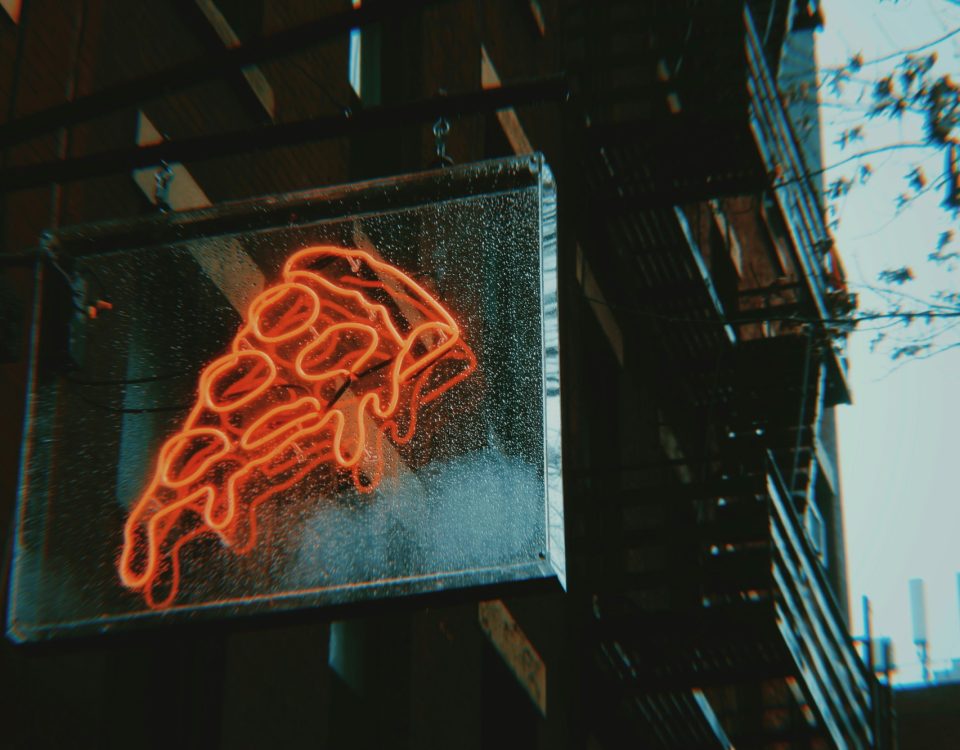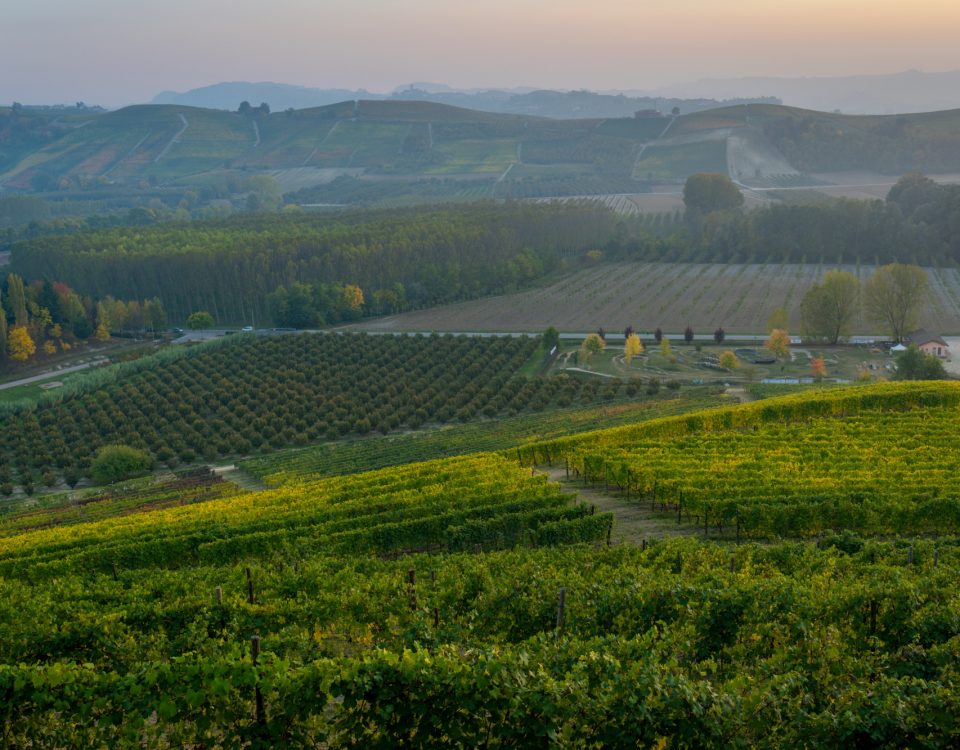
I-Days returns to Milan, a summer full of music
June 4, 2024
Escape from the city – practical tips for escaping the heat not far from Milan
August 6, 2024With the arrival of summer and good weather, how could we not mention the fantastic setting of Lake Como, which, just a few kilometers from Milan, remains one of the most popular destinations not only for locals but also especially for nearby tourists from sa Switzerland, France, and Germany?
The most important center is the town of the same name that gives the lake its name, made up of history and striking views.
Not to be underestimated, however, are also the town’s surroundings, which, among funicular railways and hidden islands, offer a continuous discovery to the admiring eyes of its visitors.
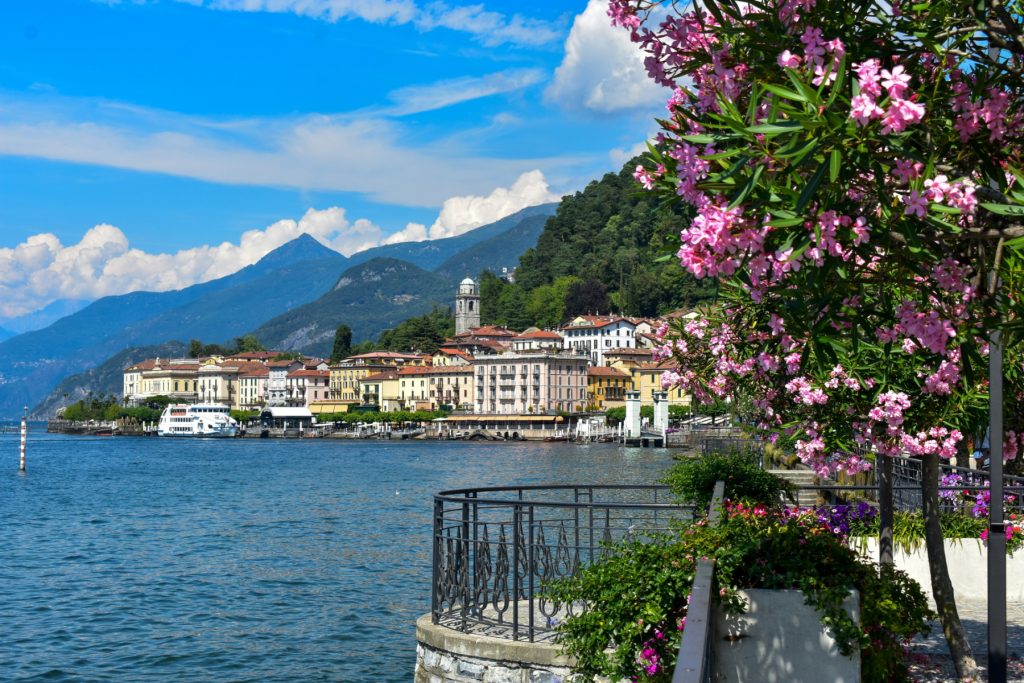
The Cathedral of Como
Let us start, without a doubt, with the symbol of the city, as well as architecturally dating back more than a thousand years.
The cathedral, located in the city center, has different styles ranging from the Gothic facade to the Renaissance-style side portals, but still retains a harmonious and fascinating whole.
The interior is divided into three naves in turn divided by 10 pillars and preserves numerous works by different artists.
The Basilica of Sant’Abbondio
It was built by Benedictine monks, named after the fourth bishop of Como, and underwent, starting in the 1500s, numerous stylistic revisions that were fortunately recovered, in part, following a restoration in the 1800s.
The façade is of Moltrasio stone, dark gray in color, and divided into 5 sections at the interior naves in union with a wonderful doorway friezed with sculpture and bas-relief.
The Broletto
The word for the ancient town hall comes from the Latin word “brolo”, meaning field/open-air space where citizens used to gather for assemblies.
It was built in the early 1200s near the cathedral and consists of two levels with white, gray, and red marble bands and a tower.
Used as the center of city administration and justice, it became a theater around the latter part of the 1700s until the present day where having become the property of the city administration, it is the site of art exhibitions and congresses.
Voltian Temple
The building, even though its name, is erected to celebrate the physicist Alessandro Volta and houses many of the objects of scientific instruments that belonged to him during his lifetime.
The main body of the mausoleum is surmounted by a hemispherical dome and developed, inside, on two floors.
In the central hall on the ground floor, there are apparatuses and machines used by the scientist while on the second floor there are relics, letters, and publications that enhance the figure of not only the scientist Alessandro Volta but also politician and professor.
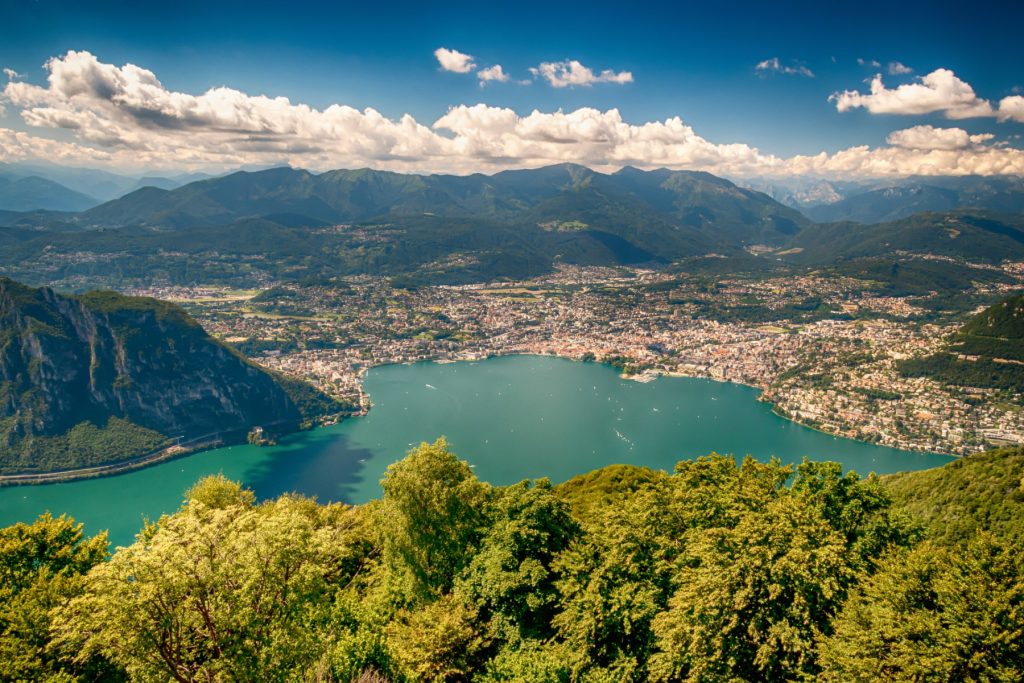
Como – Brunate Funicular Railway
Inaugurated in the late 1800s, the funicular connects the capital city with what is called the “Larian” balcony and, taking visitors from the lake directly to the mountain, offers a majestic view of Como and its lake from above.
The route starts in a tunnel and continues outside, allowing one to enjoy, as the ascent begins, a splendid panorama.
The journey, lasting about 7 minutes, is just over a kilometer long and exceeds an elevation gain of about 500 meters.
Brunate is also considered the “balcony” of the Alps for the magical views it offers of Como, the entire lake branch, the Lombardy plain, and the Alps.
Comacina Island
The only island present on Lake Como, it is considered a place of great charm and history. Lush nature frames the remains of a fortified citadel dating first from Roman times and then from Byzantine times.
It became the property of the Fine Arts of Brera in the first half of the 1900s and includes, among its treasures the Romanesque church of Sant’Eufemia and the three Artists’ Houses built around the 1940s.
